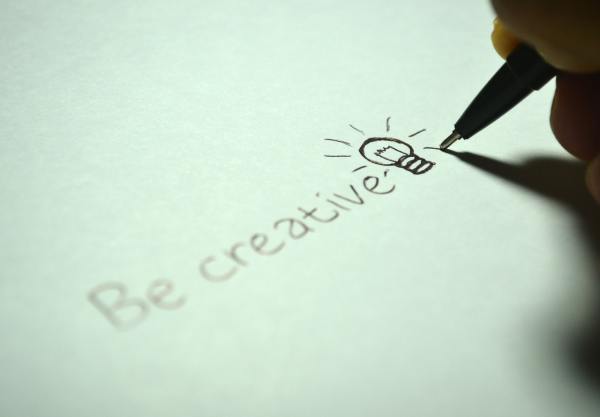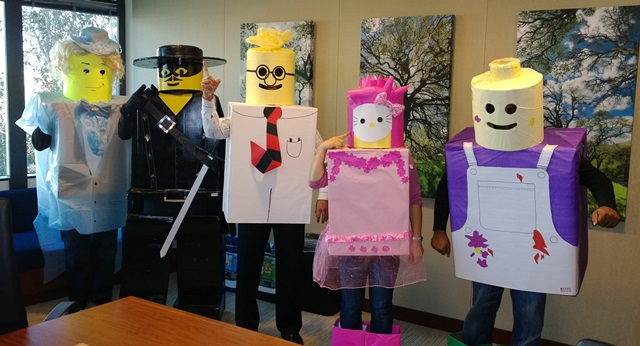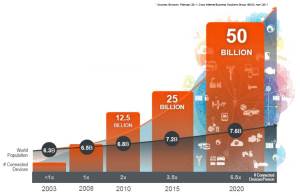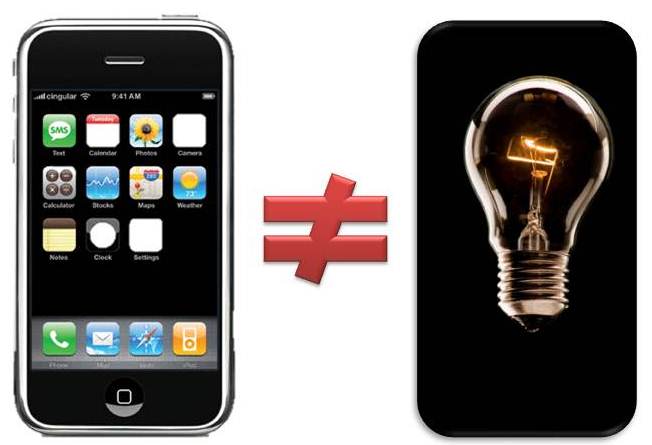“Ideas are like rabbits. You get a couple and learn how to handle them, and pretty soon you have a dozen.” ― John Steinbeck
This is part II of my blog on Creativity, so if you haven’t read the part I, I recommend you start there first. In my first post, I shared some common myths that hold people back from discovering their true creative potential.
I love John Steinbeck’s quote – once you start to nurture your creative potential, you will become an idea machine and unstoppable force. I can attest to that from my own transformational journey. But it does require re-training your brain to create a “diversity of thought” in your thinking processes. You have to change how you approach problems and more importantly, develop a habit to pause and ask – “how can it be done differently?”
Internalize this mantra – “speed kills creativity.”
Good news is that creativity is a skill, and just like every other skill, it can be learned and developed. So, here are four of my favorite techniques to help you get started:
- Try New Experiences
- Creativity, by the very definition of it, is coming up with novel ways to express something or solve problems. To come up with new creative solutions, you need to rewire your brain to see things from a different perspective. Remember Steve Job’s famous quote “Creativity is Connecting the Dots.” Solutions are often right in front of us, but our approach and mental models limit us from seeing them. When faced with a challenge, look for inspiration from adjoining fields, professions or professionals who may have dealt with similar situation. To connect the dots between previous unknowns you need to broaden your knowledge and adopt a beginner’s mind, which will help you develop new perspectives and mental models. Best way to accomplish this is by trying new experiences, learning new skills and developing expertise in new disciplines. Research shows that creative ideas always emerge from intersection of two or more fields. So, learn new skills, take online classes, invest in those hobbies you have been postponing. If you want to take it next level, try new experiences and skills that make you uncomfortable.
- Be Curious
- Everybody know how to work a toilet; how many know how toilet works? To become creative, you need to be curious about the world around you. How things work? Why it is the way it is? Can it be done differently? When faced with a challenge, be curious how someone else might approach this problem? Creative individuals are always curious about the world around them. They seek inspiration in everyday objects. Contrary to popular belief, they are very attuned to the world around them and are perpetual knowledge seekers. Unfortunately, the universe of knowledge embedded in everyday life is very vast, so getting started can be overwhelming. I recommend you start with what’s around you. It could be the products, processes, data or mental models used in your profession. You do not need to master everything but be curious to develop better understanding of them. You cannot challenge status-quo if you don’t understand how it got there. One of my favorite curiosity tools is asking why 5 times. Most problems often surface as the symptoms of the underlying disease. People rush to fix the symptoms, but problem keeps changing form. But, if you pause and ask probing “why” questions five times, like peeling layers of onion, soon you will get to the disease. When the final solution emerges, people often say “wow, that’s so creative.” But in reality, you just exercised curiosity.
- Don’t be Afraid of Failures
- “The only way to come up with good ideas is to try lots of them, while knowing that most will fail.” – David Kelly. You cannot come up with creative solution without trying new things and when you try new things, you are bound to fail. But most of us carry an insurmountable fear of failure. It starts at home from early childhood – “don’t do this”, “don’t touch that”, which magnifies many folds when you go to school where you are publicly reprimanded for failing. When you go to work, you are expected to know everything and are told “failure is not an option”. This years of conditioning makes us afraid of failures. Fear of looking stupid or embarrassed in front of others makes people stick to tried and trusted paths, which produces the same old results. If you want to be creative and produce exponential results, you have to learn to be comfortable with failures. I know it’s a very difficult ask, so I recommend you start where the stakes are not so high and gradually up your game. You can start with cooking something new. Cooking is a great creative outlet. Know that failure is never an end all game. You learn the most from your failures, and often the ideas that fail in one situation become the solution for another.
- Make Time to Relax and Have fun
- “The idea came to me in the shower.” You may have heard this statement or some version of it. Well, there is a lot of truth to that. It has to do with how human brain has evolved over time. In very simple terms, our thinking processes bounce back and forth between conscious and subconscious pasts of the brain, each with its own strengths and weaknesses. Our primordial need of survival has shaped our conscious brain to process limited and immediate input of information. This mechanism help you focus and evade life threats. Under threat or stress, your brain gets flooded with cortisol, which is an evolutionary design to limit sensory inputs to get you into fight or flight response mode. While some stress is good and helps you focus, chronic stress is the enemy of creativity. Relaxation has the opposite effect; it encourages information flow and idea exchange. Humans are blessed with a large prefrontal cortex and hippocampus that allows subconscious brain to process vast amount of information. This is where the creative magic happens. When you are in a relaxed state, whether in shower, sleeping, meditating or vacationing, you pause your conscious from high jacking all mental resources and give your subconscious brain the opportunity do its magic. Fun often induces the state of relaxation. It suppresses cortisol and floods the brain with serotonin that lets your guards down. So, make time to relax, have fun and get away from the routine. My favorite technique is to maintain a list of things that help you relax and find ways to do more of them.
If you practice there four techniques, you will be amazed to discover creative genius hidden inside you. Now I want to hear and learn from you. Share what works for you. What is your favorite activity or tool to get your creative juices flowing?









